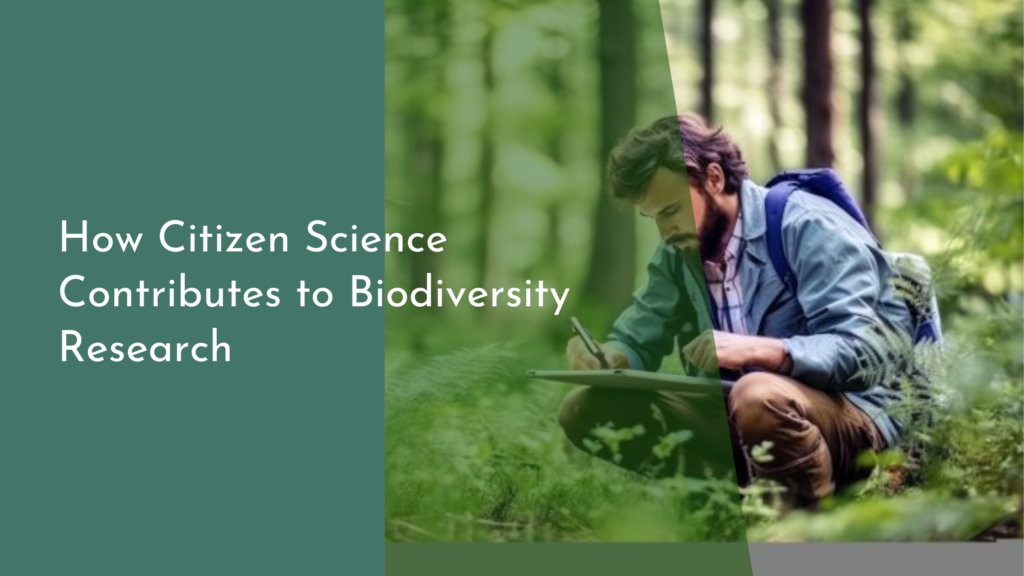The Role of Public-Private Partnerships in Urban Forestry
Urban forestry is a vital component in creating sustainable, livable cities. It encompasses the management of trees and green spaces within urban settings, contributing to ecological health, climate resilience, and enhanced quality of life. However, achieving effective urban forestry requires collaboration across various sectors. Public-Private Partnerships (PPPs) have emerged as a vital strategy in advancing urban forestry initiatives. By bringing together resources, expertise, and shared goals, these partnerships significantly enhance the capacity to manage urban green spaces effectively.
The synergy created by public-private collaborations fosters innovative approaches to urban forestry challenges. This article explores the dynamic role of PPPs in urban forestry, highlighting their benefits, presenting successful case studies, and envisioning the future innovations that arise from such collaborations. Together, we can cultivate greener cities while fostering a sense of community and shared responsibility for our public spaces.
Growing Together: How Partnerships Enhance Urban Forestry
Public-Private Partnerships serve as a bridge between governmental bodies and private enterprises, uniting their strengths for the common goal of advancing urban forestry. Governments often provide regulatory frameworks and public land, while private entities contribute funding, expertise, and innovative ideas. This collaboration allows for the implementation of urban forestry projects that may have been too ambitious or costly for either sector to tackle alone. Through shared resources, cities can achieve more extensive and impactful green space initiatives.
Furthermore, partnerships encourage community involvement and awareness of urban forestry programs. By involving local businesses, non-profits, and residents, these collaborations cultivate a collective sense of ownership and stewardship for urban green spaces. This community engagement not only leads to better maintenance and care of trees and parks but also fosters educational opportunities that promote environmental consciousness and appreciation for nature in urban settings.
Benefits of Public-Private Collaborations in Urban Greenery
The advantages of public-private collaborations in urban forestry extend far beyond economic benefits. One of the most significant outcomes is enhanced access to funding and resources. Public entities often face budget constraints, limiting the scope of their urban forestry efforts. In contrast, private partners can provide financial support, in-kind contributions, and volunteer manpower, enabling projects that improve urban greenery and biodiversity. This collaboration helps ensure that cities can sustain their green initiatives over the long term.
Additionally, public-private partnerships drive innovation in urban forestry practices. Private enterprises often have access to cutting-edge technology and scientific research that can be harnessed to develop more effective urban forestry strategies. For example, companies specializing in urban planning and design can introduce sustainable practices that improve tree planting and maintenance, while app developers can create platforms for citizens to report tree health and engage in community forestry initiatives. These innovations can significantly enhance the effectiveness of urban forestry programs and create healthier urban environments.
Successful Case Studies of Urban Forestry Partnerships
Numerous cities around the globe have successfully implemented public-private partnerships to enhance urban forestry. One notable example is the "Trees for Cities" initiative in London, where local councils teamed up with private sponsors to plant thousands of trees in urban areas. This collaboration not only resulted in the greening of neighborhoods but also fostered community engagement through volunteer planting days, educational workshops, and tree care programs. The success of this initiative has inspired similar projects in other cities, showcasing the potential of collaborative efforts in urban forestry.
Another exemplary case is New York City’s million-tree initiative, which involved partnerships between the city’s parks department and numerous non-profit organizations and corporate sponsors. This ambitious program aimed to plant one million trees across the city to improve air quality, reduce urban heat, and enhance the overall aesthetics of neighborhoods. By combining resources and expertise, the initiative not only reached its goal but also established a replicable model for urban forestry projects worldwide, demonstrating how public-private collaborations can drive significant environmental change.
Future of Urban Forestry: Innovations from Collaborations
Looking ahead, the future of urban forestry is poised to be increasingly shaped by public-private partnerships. Emerging technologies such as drones for aerial surveys, smart sensors for tree health monitoring, and mobile apps for community engagement are transforming how urban forestry is managed. These advancements often originate from private sector innovations, which can be effectively integrated into public initiatives through collaborations. By embracing technology, cities can enhance their ability to monitor and manage urban forests, ensuring their longevity and resilience.
Moreover, as climate change continues to challenge urban environments, public-private partnerships will play a crucial role in developing adaptive strategies. Collaborations focused on research and development can lead to the cultivation of climate-resilient tree species, advanced irrigation techniques, and efficient pest management practices. By pooling expertise and resources, public-private partnerships can drive the evolution of urban forestry, ensuring that cities are not only greener but also more prepared to face the environmental challenges of the future.
In conclusion, the role of public-private partnerships in urban forestry is both critical and transformative. By harnessing collective resources, expertise, and community engagement, these collaborations pave the way for greener, healthier, and more resilient urban environments. As we look to the future, embracing innovations that arise from these partnerships will be essential in fostering sustainable urban landscapes. Together, we can cultivate flourishing urban forests that benefit both people and the planet, enriching our cities for generations to come.

